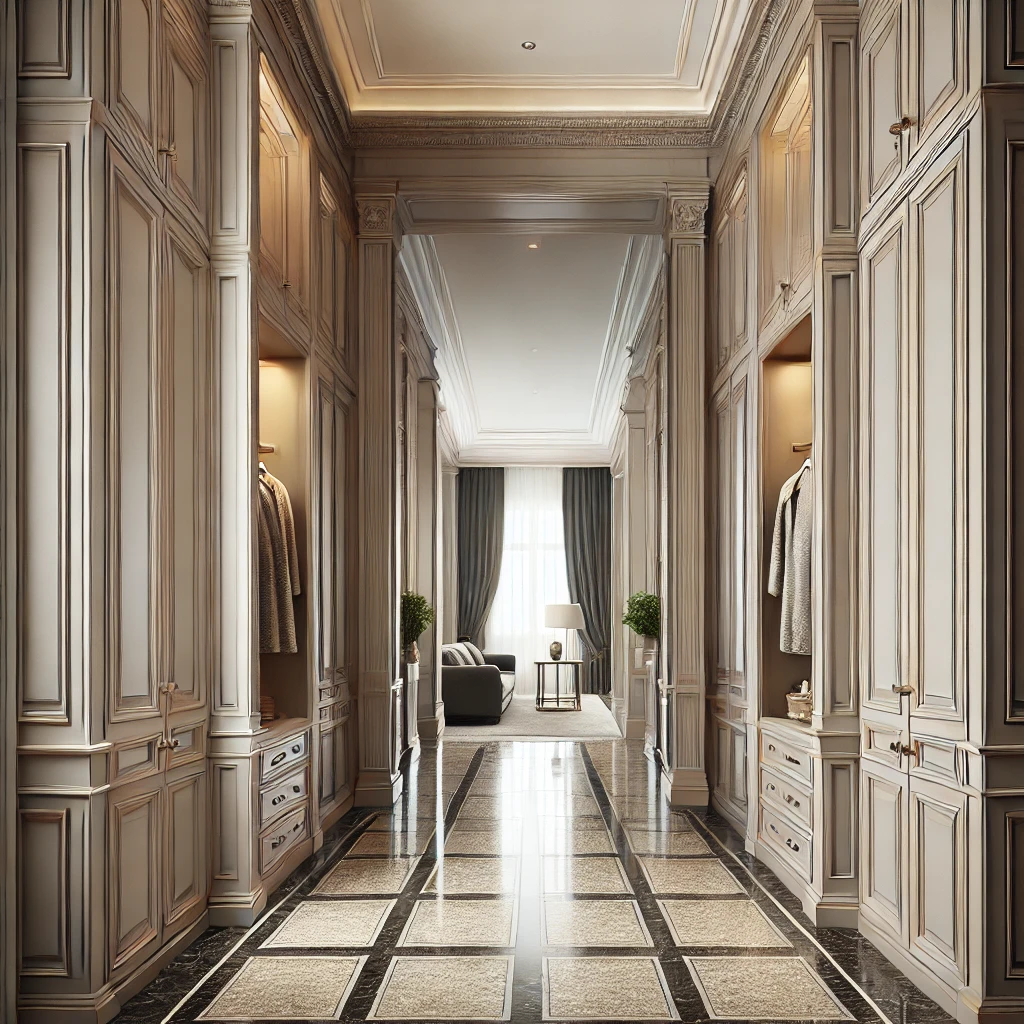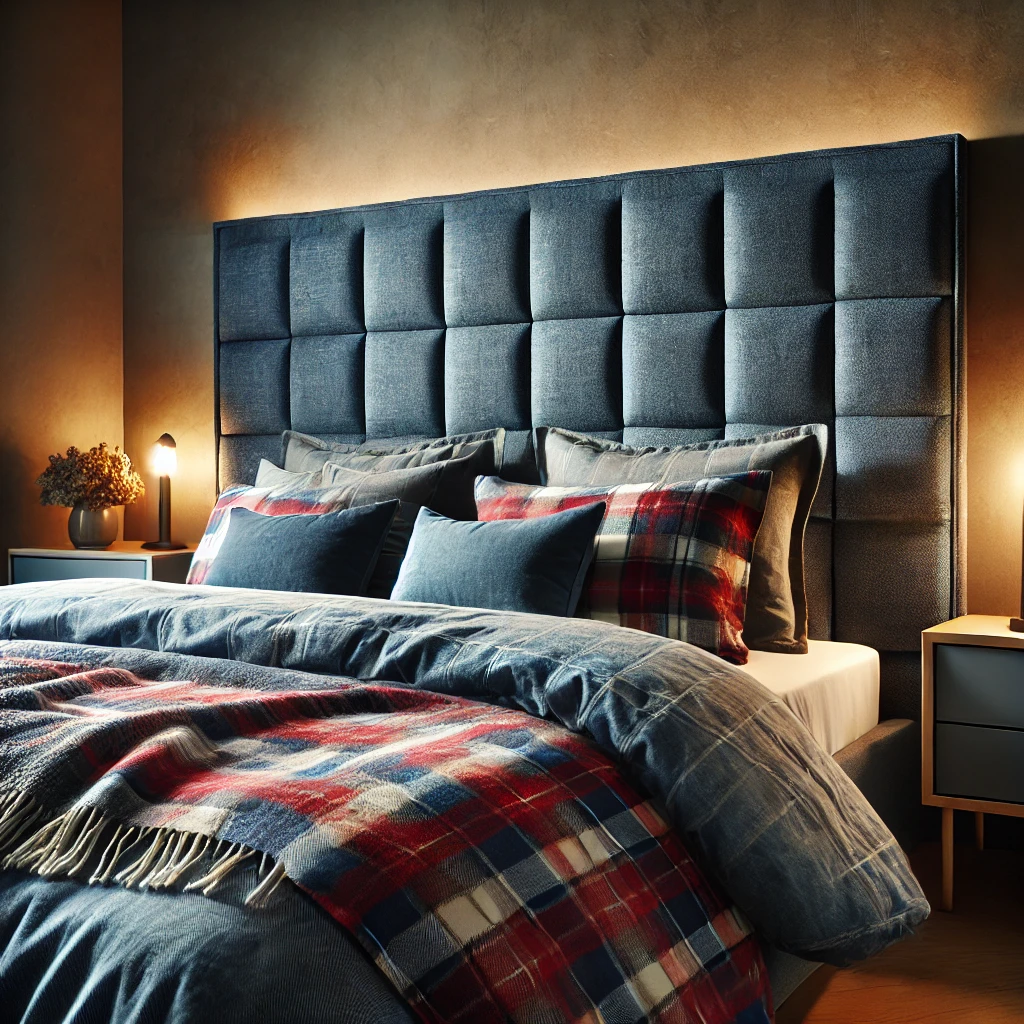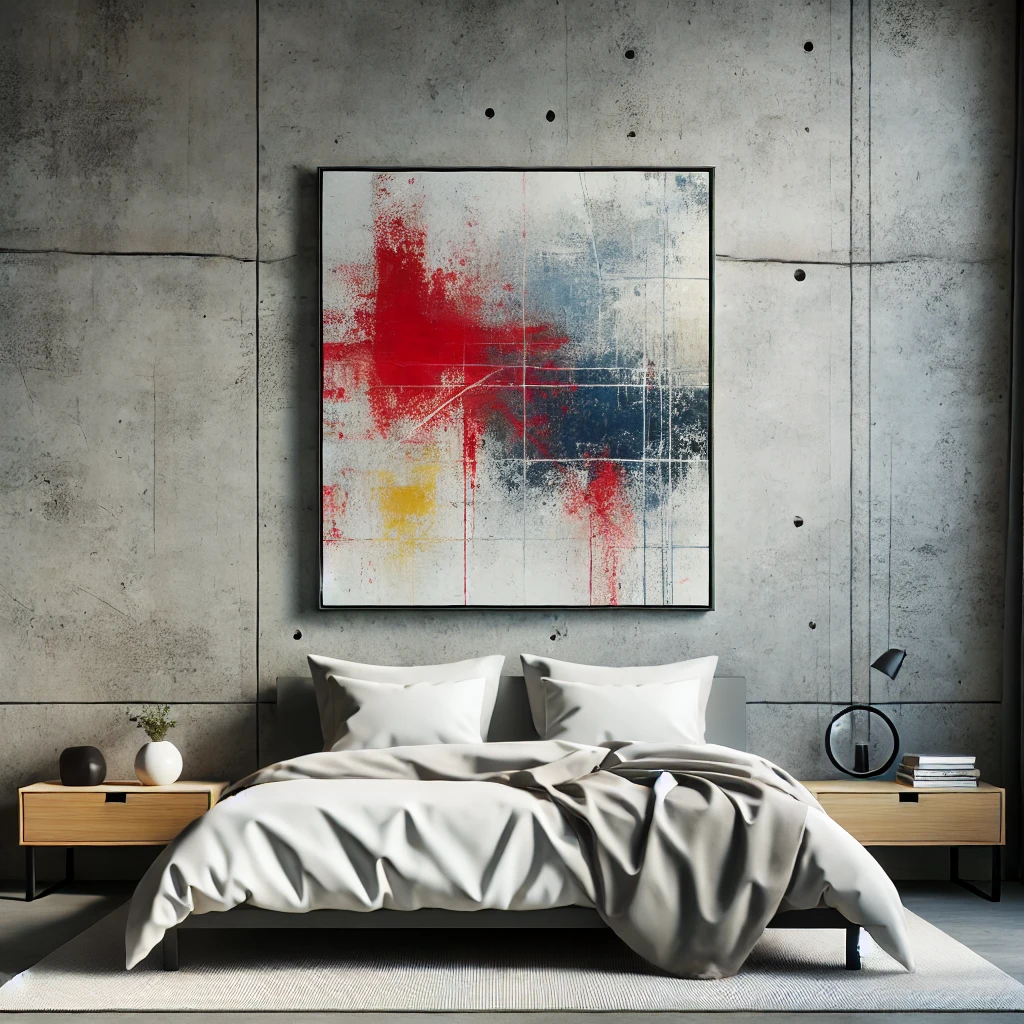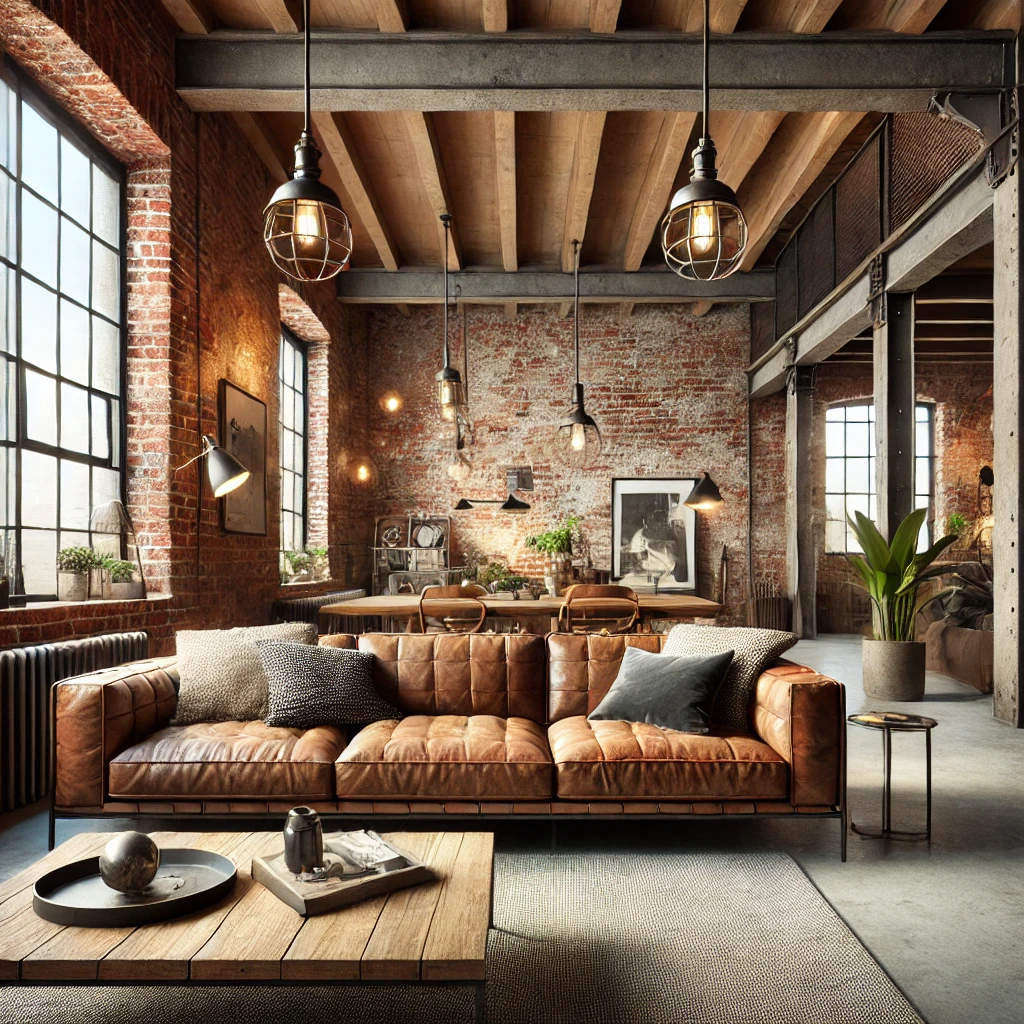Limewash
-
- May 06, 2025 - 3 min read
The 250 ml test containers from ZUBRA are perfectly designed to allow for an accurate evaluation of the final painting effect over an area of about 1 to 1.5 square meters. This amount of paint is sufficient to effectively cover a significant surface area, which is crucial when making a decision about the final color choice.
-
- May 06, 2025 - 4 min read
Our authentic limewash paint, unlike its acrylic counterparts on the market, requires a unique approach to application. Due to its liquid, milky consistency, free from thickeners or chemicals, traditional painting methods like using a roller prove ineffective. Using a roller for our paint can lead to unwanted mess and issues with achieving uniform coverage.
-
- May 06, 2025 - 4 min read
The application of ZUBRA limewash paint is characterized by its efficiency and simplicity, making it an excellent choice for those seeking quick and easy painting solutions. The pace at which you finish painting can vary depending on the specific surface you plan to refresh and the preliminary preparations required before starting with limewash paint.
-
- May 06, 2025 - 5 min read
Yes, applying ZUBRA Limewash paint on the ceiling is possible and effective using the brush technique, identical to that used for painting walls. For optimal results, it is recommended to start painting from the part of the ceiling closest to the window, continuing the work opposite to the direction of the light. This method allows for an even application of the paint and avoids shadows.
-
- May 06, 2025 - 6 min read
While both limewash paint and traditional paint can change the color of walls, the difference in their composition and resulting effects is significant. ZUBRA Limewash Paint is made from renewable raw materials such as clay, minerals, and authentic natural pigments. It is produced through an entirely natural process, offering benefits and final results that differ greatly from traditional paints.
-
- May 06, 2025 - 4 min read
The ZUBRA Primer is an essential step in preparing various materials and surfaces for limewash paint. Its application ensures optimal adhesion, even coverage, and durability of the final paint effect.
-
- May 06, 2025 - 4 min read
Choosing the ideal color of limewash paint requires considering several factors. One of the most significant is the impact of light on color perception. Limewash paint, with its light-reflecting properties, appears differently than traditional paints, adding unique character and depth. Differences in color perception can be particularly noticeable depending on the lighting, making the color look different in person than on a computer screen or in a catalog.
-
- May 06, 2025 - 8 min read
ZUBRA limewash paint offers wide application possibilities, not only on traditional plasters or walls but also on various wooden surfaces. Thanks to its unique formula, this natural paint can be applied directly to many types of wood, creating both opaque finishes and subtle washed effects that expose the natural wood grain. Here are some tips on how to use limewash paint on wooden surfaces.
-
- May 06, 2025 - 8 min read
Limewash ZUBRA paint offers a wide range of applications, not only on traditional plasters or walls but also on various wooden surfaces. Thanks to its unique formula, this natural paint can be applied directly to many types of wood, creating both opaque finishes and subtle wash effects that highlight the natural grain of the wood. Here are some tips on how to use limewash paint on wooden surfaces:
-
- May 06, 2025 - 5 min read
Visit our Color Inspiration Center to utilize the advanced filtering system, which allows you to explore and select shades according to your preferred palette, such as neutral tones. This helps you make an initial selection and add them to your favorites list.




